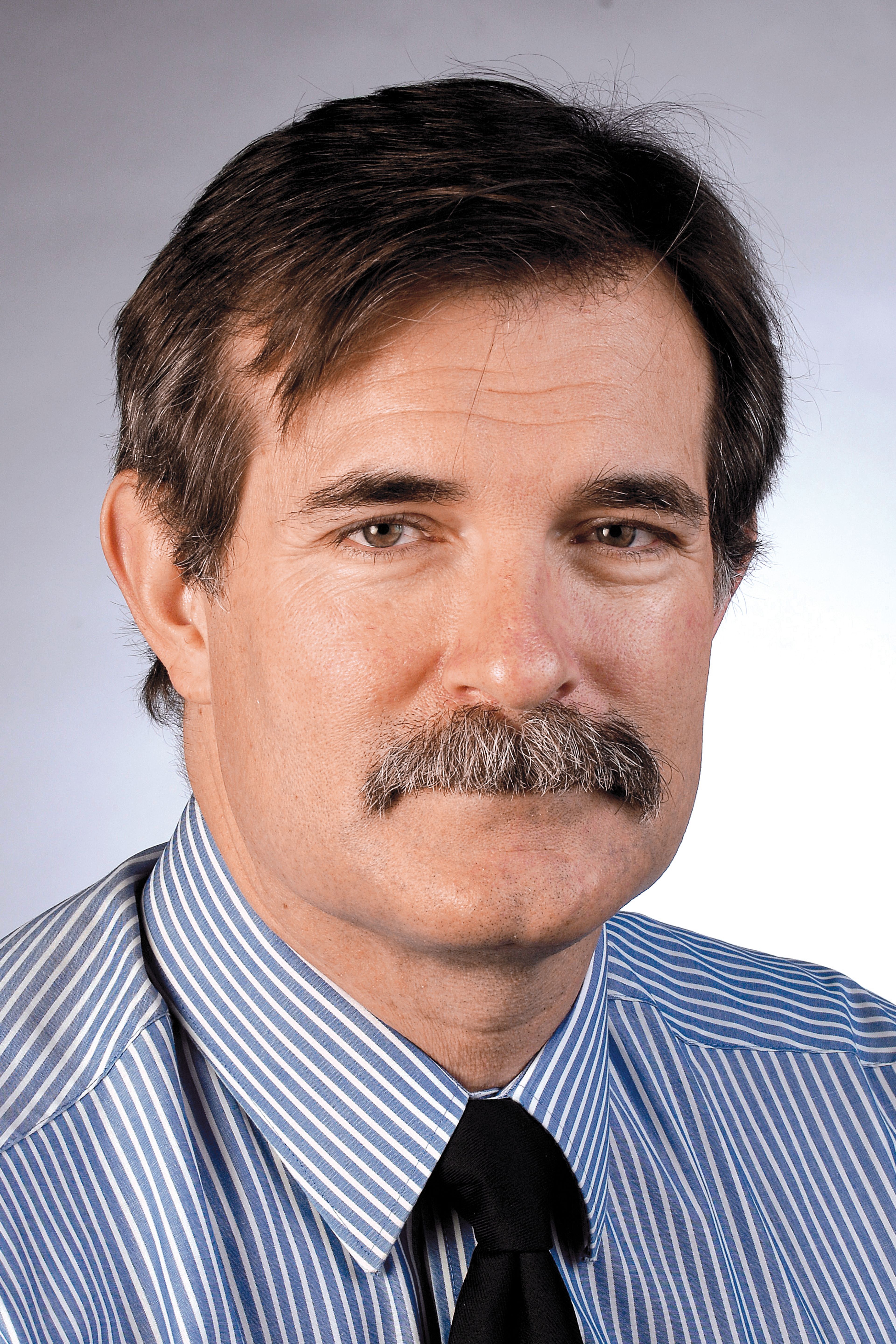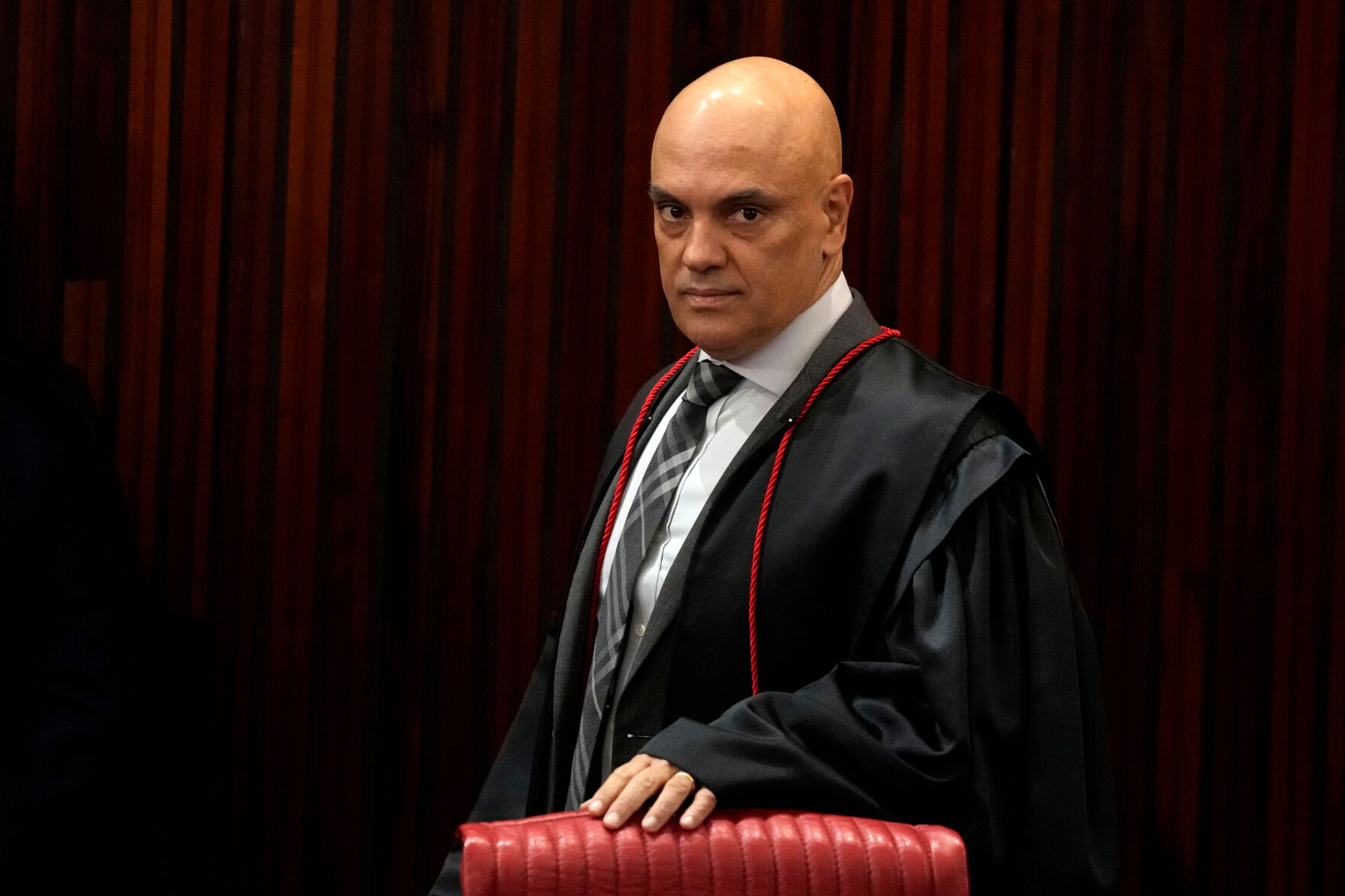In 1980 Idaho, the big story — I don’t think you need limit that to the political — was the U.S. Senate race between incumbent Democrat Frank Church and Republican Rep. Steve Symms. I was covering politics for the newspaper in Pocatello then and it dominated my attention for a year and more, and used a lot of oxygen for other people then, too.
There were many elements and aspects to it, but one that was noticed but probably got less attention in the news reports of the time than it should have was that race’s connection to a group of other U.S. Senate races around the country.
On Election Night, many national news reports noted the loss by Church, alongside losses by other Democratic senators, including George McGovern of South Dakota, Birch Bayh of Indiana and John Culver of Iowa. But again, an important piece of context mostly went missing: The extensive links between non-candidate organizations involved in those four races. The fact that they all lost that night was more than coincidence and not dependent exclusively on that year’s Ronald Reagan sweep.
Some of this we did know about then, but not until the just-published book, “Tuesday Night Massacre: Four Senate Elections and the Radicalization of the Republican Party,” by Marc Johnson have the pieces of this connection been properly brought together and into context. It fills a significant gap in recent writing about American politics, and it’s well worth reading.
(Disclosure: I’ve known Marc for many years, and his column runs regularly on my website at ridenbaugh.com as well as on this page.)
What happened then wasn’t a conspiracy in the proper sense, in that it wasn’t secret and its organizers didn’t especially try to keep it quiet. But it was a broadly-organized national effort, something new at the time and prompted specifically by changes in campaign finance law and other developments. And there was a dark side to it, evident to people in the states. Johnson points out that the incumbents “endured months of sustained attacks on their character, their patriotism and their honesty. The four incumbents began their reelection campaigns with favorable assessments from voters, but the attacks eroded that standing, and by November, each was viewed as unsuitable, indeed even dangerous.”
Most people in Idaho and the other states probably assumed the source of much of this was local, among the constituents. In large part, though, it wasn’t, and the Republican campaigns weren’t part of it, either (a deliberate effort to keep the challengers’ hands clean). Several national organizations took part in the effort, but the main effort and the book’s focus was on the National Conservative Political Action Committee, or NCPAC.
In Idaho, the effort was started locally by an experienced Republican campaign manager named Don Todd — a likable guy and good source for me back in the day — who started a state organization called Anybody but Church but soon affiliated with (was absorbed by) NCPAC. (Todd himself would be deeply involved with the famous Willie Horton TV ads in the presidential campaign eight years later.)
Todd’s group would fire vicious personal shots at Church, who was stuck dealing with the fallout, while Symms’ campaign could and did (accurately) say, “Hey, it wasn’t us.”
That was one of the many tactics the national groups — which launched similar campaigns against McGovern, Bayh and Culver — used across several states. The idea was not to boost the Republicans in the race but rather to tear apart the incumbent Democrats; to, as one activist said, get people to despise the person without even really knowing why.
It was successful. In Church’s case, his polling numbers were significantly higher before the campaign than they were afterward.
Why this is worth reviewing now should be clear enough. Politics these days tends to revolve more around who you hate than who you support; it’s a politics of destruction and not improvement. NCPAC did not long outlive the 1980 campaign but its spawn are all over the political landscape, responsible for much of the civic destruction we see around us.
Johnson, by going back to the early days of this form of negative politics as we’ve come to know it, shows in “Tuesday Night Massacre” just where these efforts come from and how they work, and by writing about the cases at a historical remove, allows us to view them fresh without the distraction of current passions. It offers a passel of useful reminders as we observe the turbulent politics of today.
Stapilus is a former Idaho newspaper reporter and editor who blogs at www.ridenbaugh.com. His email address is stapilus@ridenbaugh.com.









